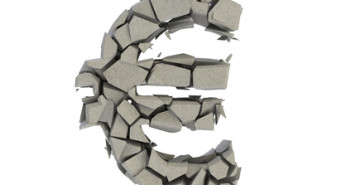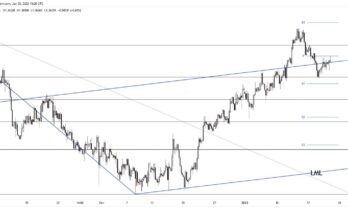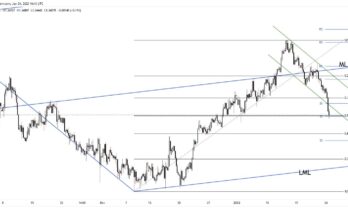In Greece, it was a case of Syriza came, they won, they formed a coalition and the Eurozone did not fall apart at the seams. This was most apparent on the single currency, which quickly recovered from the overnight lows and sustained most of the subsequent gains. This was not a sign that the single currency was relaxed regarding the outcome, more a result of short-covering after the extreme move of last week. You have to go back to May 2010 for the last time the euro moves more than 5% vs. the dollar over the course of a week. The average weekly move is just over 2% in absolute terms. Stocks were modestly firmer (beyond Greece) and other peripheral markets were broadly steady overall in terms of yield spreads over Germany. We are likely to see further strong words and negotiations over the coming days and weeks, but short-term Greece has a lot more to lose than to gain, given the fact that the banking sector is still heavily reliant on funding from the ECB and that there is little to be gained from a debt write-down in the short-term (restructuring having already pushed repayments far into the future).
Beyond the euro, some other currencies are toying with key levels. Sterling has pulled away from the 1.50 level on cable, but probably not by a sufficient market to keep the bears at bay. The advance estimate of Q4 GDP is seen at 09:30 GMT, with 0.6% seen (from 0.7% in Q3). Meanwhile, the Aussie has sustained its move below the 0.80 level, with GBPAUD not that far from the highs of end Dec (of 1.9309). US data is seen in the form of Durable Goods, together with Consumer Confidence and New Home sales later in the day. Note that Russian government debt has been downgraded to junk, which is not a huge surprise, but the rouble has softened back towards the 70 level on USDRUB as a result.
Further reading:
EUR/USD: Momentum Loss?; USD/CAD: 1.25 Breakout? – Goldman Sachs
The advance estimate of Q4 GDP



